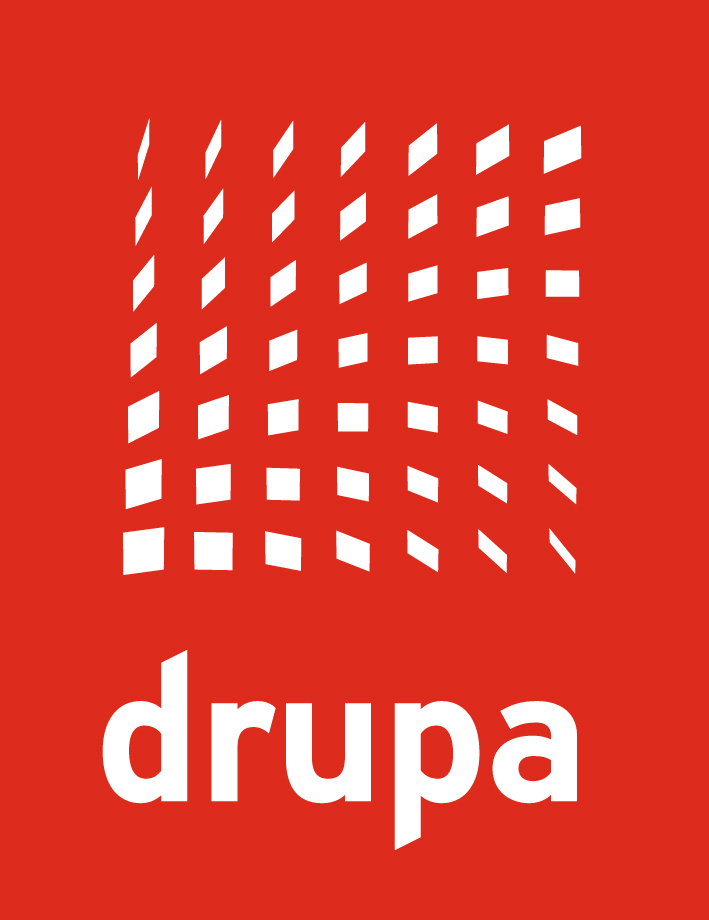Creating Energy from Printed Fabrics
Time:2019-10-24 From:
Researchers from Fraunhofer Institute in Dresden, Germany have come up with a technology that enables printing solar cells on fabrics. This way, truck tarpaulins could be able to generate power in a few years.

Creating energy from truck tarpaulins may seem like a hippy fever dream but it’s likely to become reality sooner rather than later.
While solar panels on roof tops and gigantic photovoltaic parks have been around for what seems like ages, additional as of now unused surfaces could see a sudden rise in energy production in a mere few years. A brand-new PV technology invented by researchers from Fraunhofer-Institut in Dresden, Germany enables printing solar cells on fabrics. So truck tarpaulins may soon be used for generating energy that could restore the energy consumed while the truck driver is taking a short break. Another way in which this new technology could be utilized is at fronts of buildings or shutters that are used inside of huge glass-facaded buildings.
Collaboration Is Vital when Creating New Printing Technology
The functional principle behind this technology are flexible textile solar cells that were developed by researchers from Fraunhofer Institute for Ceramic Technologies and Systems IKTS, along with the Fraunhofer Institute for Electronic Nanosystems ENAS, the S?chsiches Textilforschungsinstitut e.V. and the companies erfal GmbH & Co. KG, PONGS Technical Textiles GmbH, Paul Rauschert GmbH & Co. KG und GILLES PLANEN GmbH. “Using different coating processes, we can print solar cells directly onto the specific textiles”, says Dr. Lars Rebenklau who leads the systems integration research group. What this means is that the scientists take fabric as their substrate instead of using the more commonly used glass or silicon.
Finding the Right Substrate Can Be Challenging
But this process isn’t easy. The raw fabrics used in the production facilities are way larger than regular substrates and have to endure temperatures of up to 200° C during coating, Dr. Jonas Sundqvist, group leader for the coating department, adds. What makes it even harder are tough fire safety regulations, the durability and an affordable price that the fabrics have to hold up to. That is why the researchers have decided on glass fiber fabrics as their substrate of choice.
The coating process has presented a very specific challenge as the different layers that have to be applied are so microscopically thin that the fabric they’re printed on seems like the Rocky Mountains. In order to straighten out the uneven fabrics the researchers first apply a straightening layer which is a standard procedure in the textile industry. All the other processes have been designed to be easily implemented into the standard workflows of the textile industry as well.
Power Generating Fabric Hits the Market in about 5 Years
The first prototype was already constructed although the energy efficiency isn’t yet where it needs to be. Right now it’s at about 0.1 – 0.3 per cent. In order to be cost-effective it has to rise to at least 5 per cent. While silicon cells are way more productive (about 20 per cent efficiency), the technology isn’t set to compete with regular photovoltaic technology but add to it.
Overall, there is a plethora of areas that still require optimization but if everything works according to plan, the textile solar cells could be market-ready in about 5 years.

